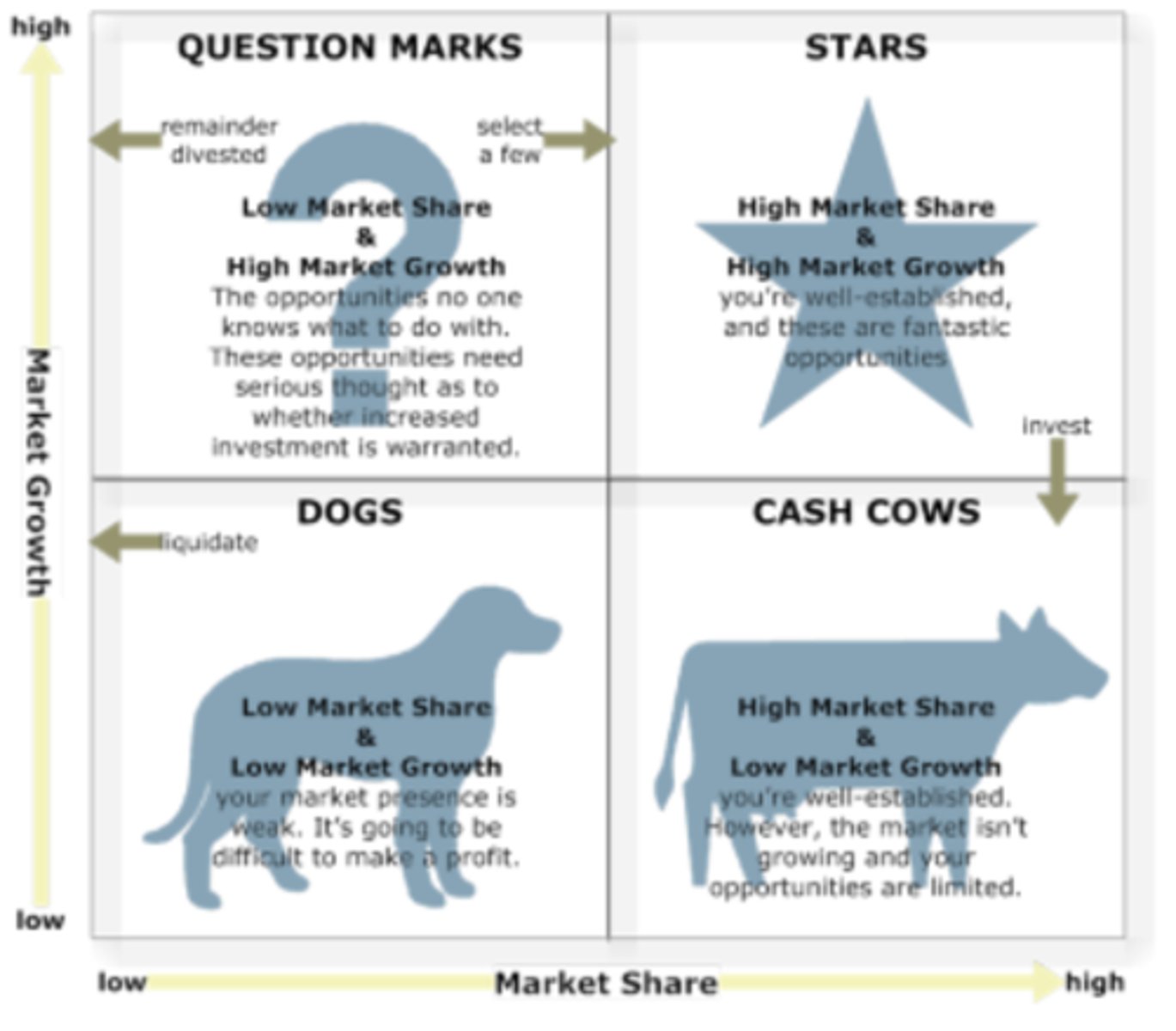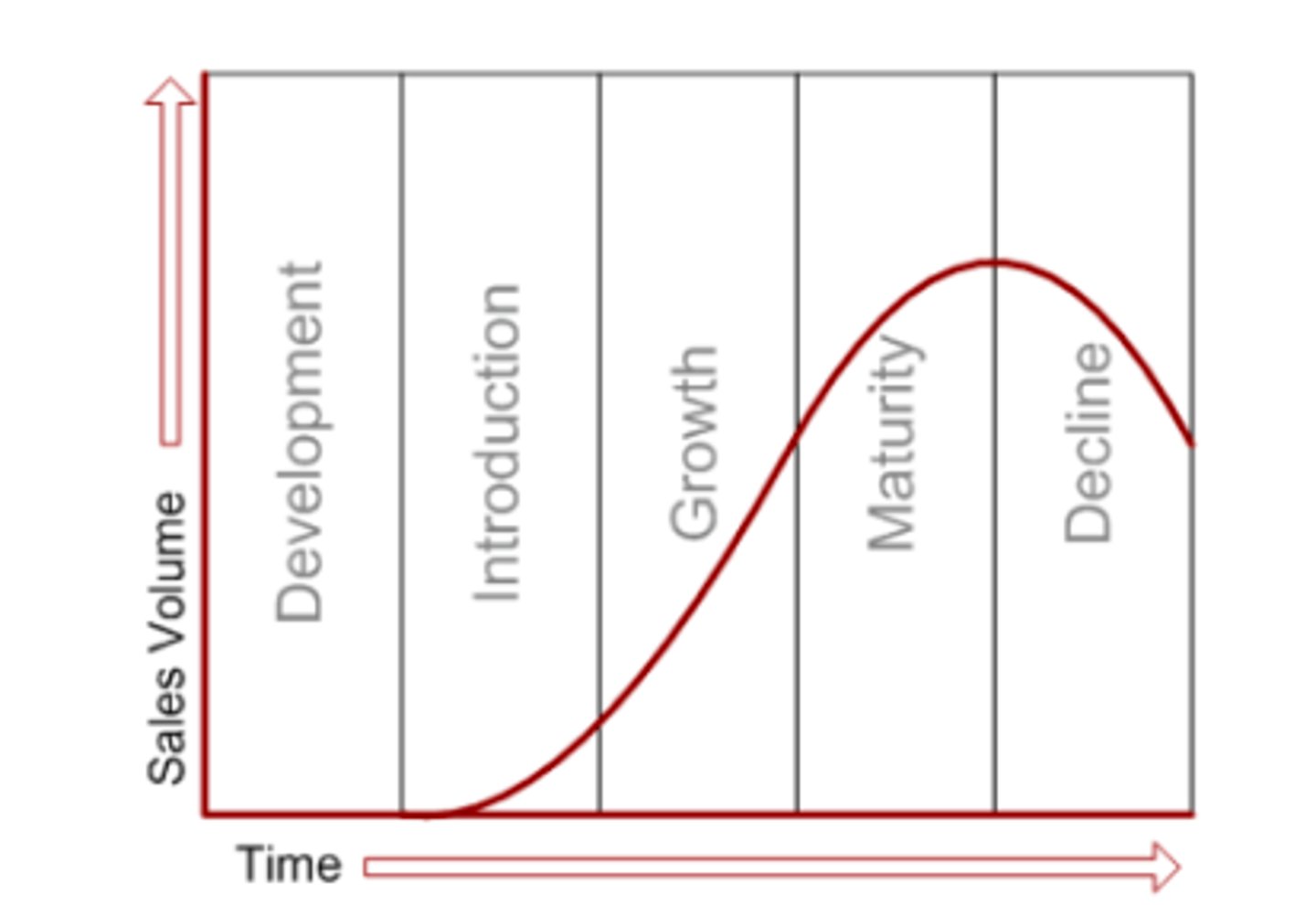Thẻ ghi nhớ: IGCSE Business Studies - Marketing | Quizlet
1/29
There's no tags or description
Looks like no tags are added yet.
Name | Mastery | Learn | Test | Matching | Spaced |
|---|
No study sessions yet.
30 Terms
Market
A set of arrangements which allows buyers and sellers to communicate and trade in goods and services
Market share
The proportion of sales in a total market that a business or product enjoys
Marketing
Identifying customer needs and satisfying them profitably
Marketing mix
The key elements in a firm's marketing strategy commonly known as the 4Ps - product, price, promotion and place
Market orientation
Where a business focuses on the needs of consumers when developing products
Marketing strategies
A set of plans designed to achieve marketing objectives
Product orientation
Where a business focuses on the design and manufacture of the product itself rather than the needs of customers
Market segment
Part of a whole market where a particular customer group has similar characteristics
Market segmentation
The process of identifying groups of customers with similar traits so that they can be targeted with specific marketing strategies
Mass market
When a business sells the same product to all consumers and markets in the same way
Niche market
When a business chooses a specific market segment and targets them carefully with a tailored marketing mix
Socio-economic groups
A way of segmenting a market based on employment status (and therefore, broadly by income)
Competition-based pricing
Pricing strategies which are based on prices charged by rivals (price leadership, predatory pricing)
Cost-plus pricing
Adding a specific percentage (mark-up) to the costs of producing a product to reach the selling price
Destroyer/Predatory pricing
Setting a low price to force rivals, often smaller firms, out of the market
Loss leader
A product sold below cost to draw in customers who can then be sold more profitable products
Competition-based pricing
Pricing strategies based upon the conditions of the market (skimming prices, penetrating prices, psychological pricing, loss leadership)
Mark-up
The percentage added to costs which makes a profit for a business when setting the price
Penetration pricing
Setting a low price when entering a market to gain a customer base and become established. Price is likely to be increased once this has happened.
Skimming
Setting a high price initially to take advantage of early adopters eager to buy the product. The price will be lowered later.
Promotion
Activity to increase awareness of a product or brand
Advertising
Communication between a business and its customers where messages are placed in the media to encourage purchase of products
Boston Matrix
A 2x2 matrix which describes products according to the market share they enjoy and whether the market has any potential for growth

Extension strategies
Methods used to extend the life of a product
Product life cycle
The level of sales at different stages through which a product passes over time

Consumer panels
Groups of customers who are asked for feedback about products over a set period
Market research
The collection, analysis and presentation of information relating to the marketing and consumption of goods and services
Primary (field) market research
The gathering of new information, specific to the needs of the business. Questionnaires, focus groups and test marketing would all be examples.
Secondary (desk) market research
The collection of data that is already in existence. Media reports, government data and commercial publications would all be examples.
Sample
A small group of people which aims to represent the views of the market as a whole.